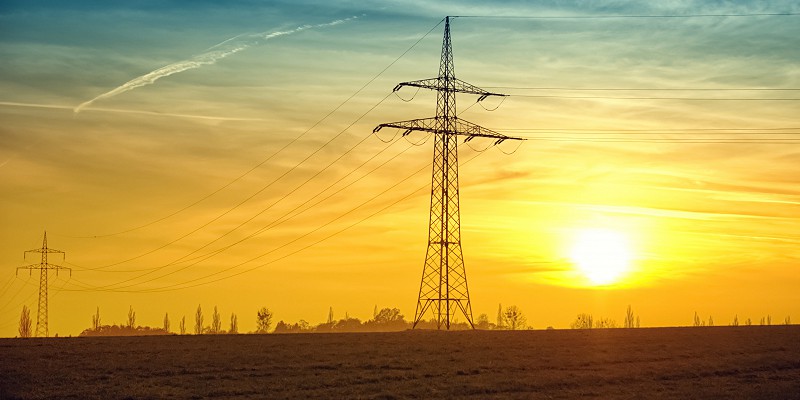North-south Interconnector granted planning approval

Full planning approval has now been granted for the Northern Ireland section of the cross border electricity interconnector project – but what does this mean for Northern Ireland’s electricity supply?
The interconnector is a joint project between the System Operator for Northern Ireland (SONI) and EirGrid in the Republic of Ireland and aims to link both electricity grids between Co Tyrone and Co Meath.
Because this is a cross-border project, it required planning approval in both jurisdictions. The Republic of Ireland section was approved in December 2016 and the NI section was applied for 8 years ago, however one of the major delays was around the public enquiry. It has been a contentious project due to opposition to pylons and overhead cabling. Underground cabling was considered however the costs were deemed to be unfeasible – in excess of £1 billion.
The Final decision
In arriving at the final decision, the Dept of Infrastructure carefully considered and agreed with the report of the public enquiry which states that there is an urgent and compelling need for the proposed development.
This will be the second significant connection between the power grids north and south and there has been much debate around it in recent years because of our future energy needs. The utility regulator has said the interconnector is needed to ensure security of supply particularly as some of our older power stations are due to be decommissioned. As we have recently heard, Kilroot power station will close earlier than expected this year in addition to one of the units in Ballylumford by December 31st this year and a further station closure in Huntstown, Co Dublin. So in essence it will allow us to take more power from the southern grid and vice versa and prevent shortages of power.
A Warm Reception
Business groups have been quick to welcome the decision because of the positive impact it will have on the economy as it will lead to cheaper energy for NI business but also for consumers. If for example there was an overproduction of energy for example, wind power due to local conditions in Galway, NI suppliers will be able to buy this electricity and in theory pass on savings to customers. The most cost effective form of generation at any particular point in time will be able to be transferred anywhere on the island.
Stephen Kelly from Manufacturing NI said “this is a critically important piece of energy infrastructure for the whole island but particularly Northern Ireland. What we are facing is a deficit by 2012, in terms of the amount of generation that we have on this part of the island and what we need to consume.”
“If we don’t have the interconnector we will be required to build very large and expensive power stations.”
The cost of the interconnector is 286 million euro, 37% of which is met by Northern Ireland. The cost will ultimately be borne by the consumer – it is built into our electricity tariffs - but it will result in significant savings on the whole and the overriding argument for the project is energy security.
In arriving at the final decision, the Dept of Infrastructure carefully considered and agreed with the report of the public enquiry which states that there is an urgent and compelling need for the proposed development.
The decision, which was taken by civil servants in the absence of a Minister, reflects the recommendation of the public enquiry. There is the possibility of an appeal, but if this doesn’t happen then work will start this year with a build time of 3 years, so the interconnector could be operational by 2021.
Background to the ‘all island’ electricity grid
Back in 2005, the Dept of Communications, Energy & Natural Resources (DCENR) in ROI and Dept Enterprise Trade & Investment (DETI) in NI issued a consultation paper on an all-island ‘2020 Vision’ for renewable energy. This sought views on a joint strategy for the provision of renewable sourced electricity within the All-island Energy Market leading up to 2020 and beyond, so that consumers, north and south, continue to benefit from access to sustainable energy supplies provided at a competitive cost.
An All-island Energy Market Development Framework was agreed by Ministers along with an undertaking to develop a Single Electricity Market and therefore consideration was given to how the electricity infrastructure on the island might best develop to allow the maximum penetration of renewable energy. A working group recommended an ‘All Island Grid Study’ comprised of various workstreams.
In 2008 Action Renewables carried out substantial research, along with other specialist consultants forming part of workstream 1 of the grid study.
The objective of the study was to assess the technical feasibility and the relative costs and benefits associate with various scenarios for the increased shares of electricity sourced from renewable energy in the all island power system.



